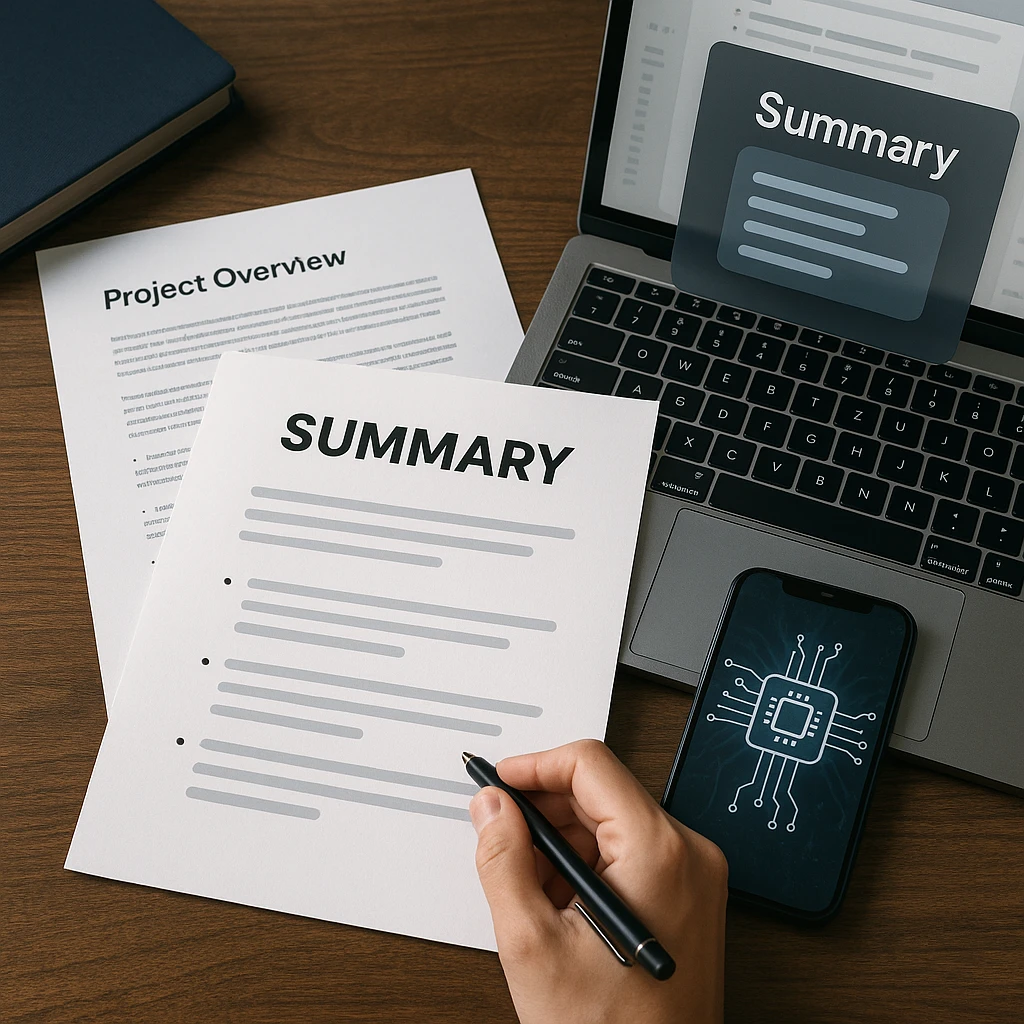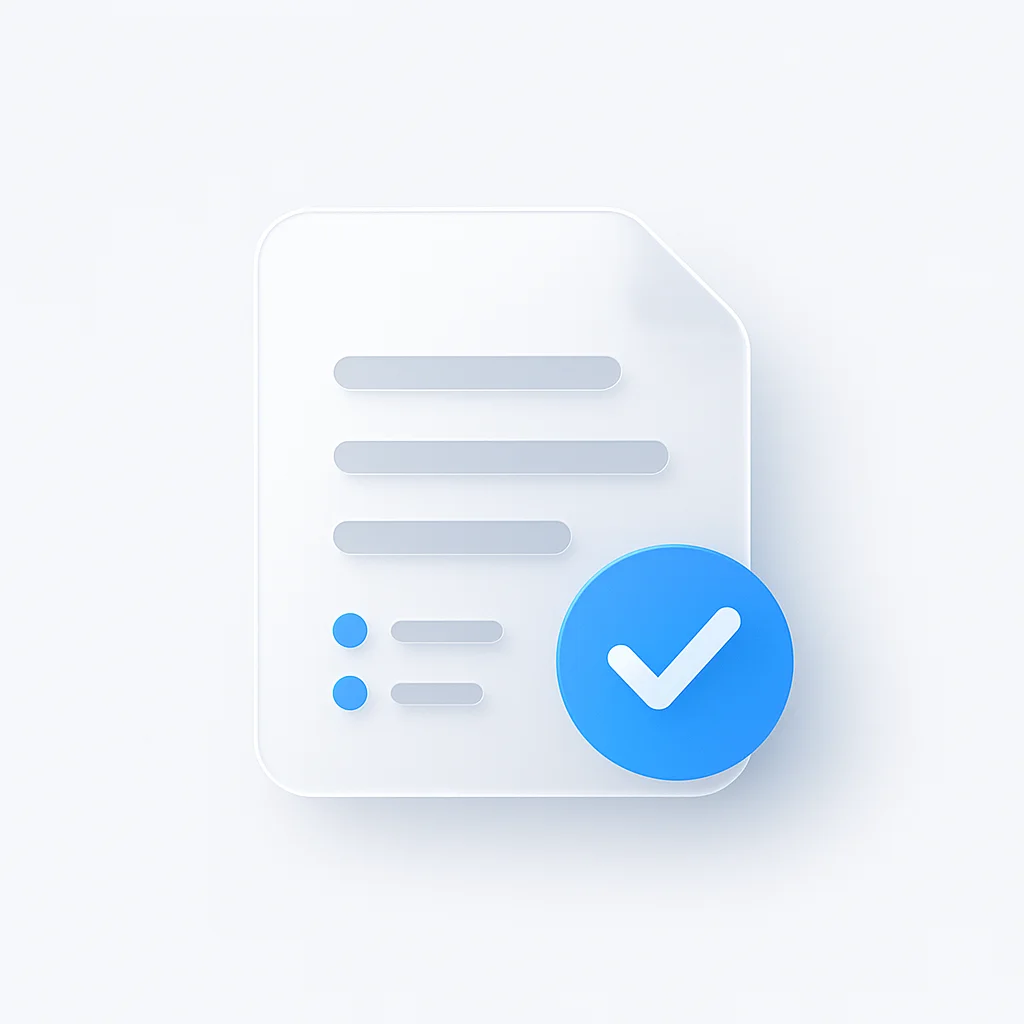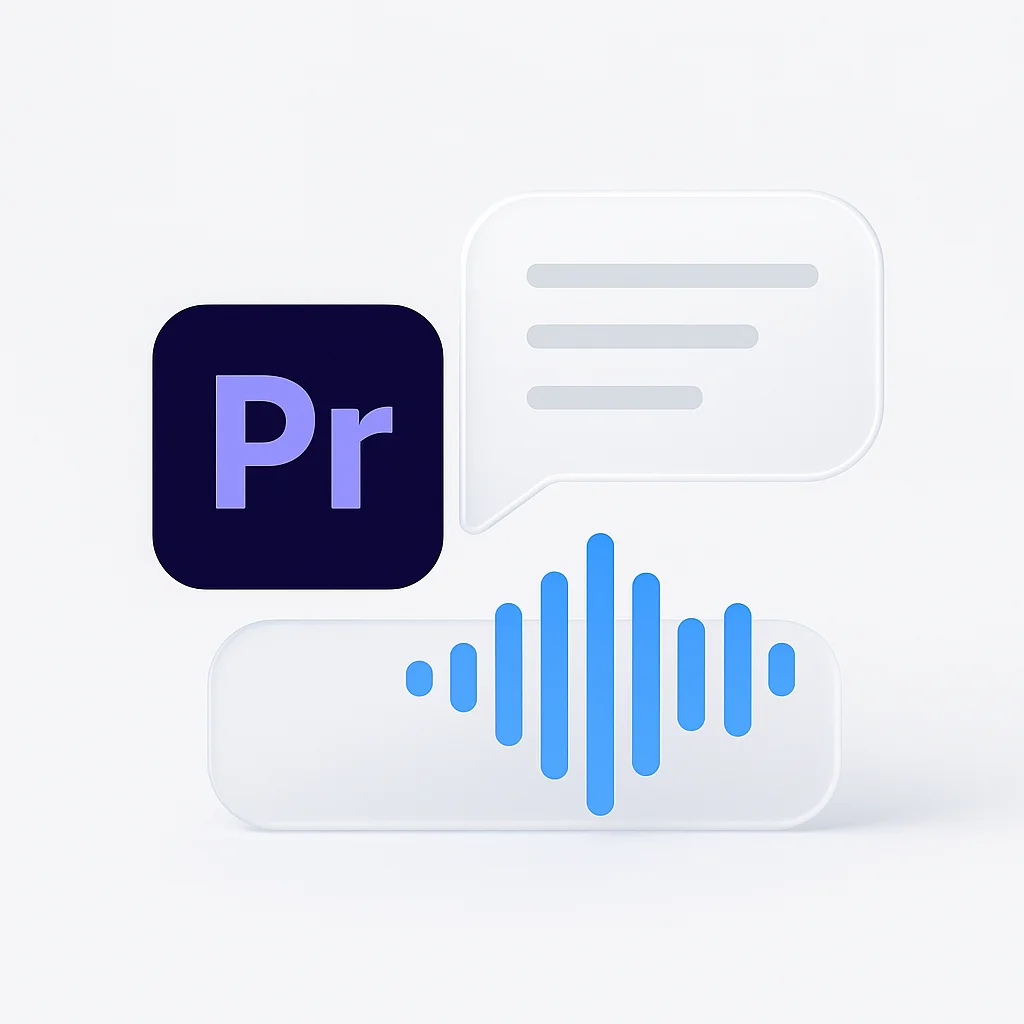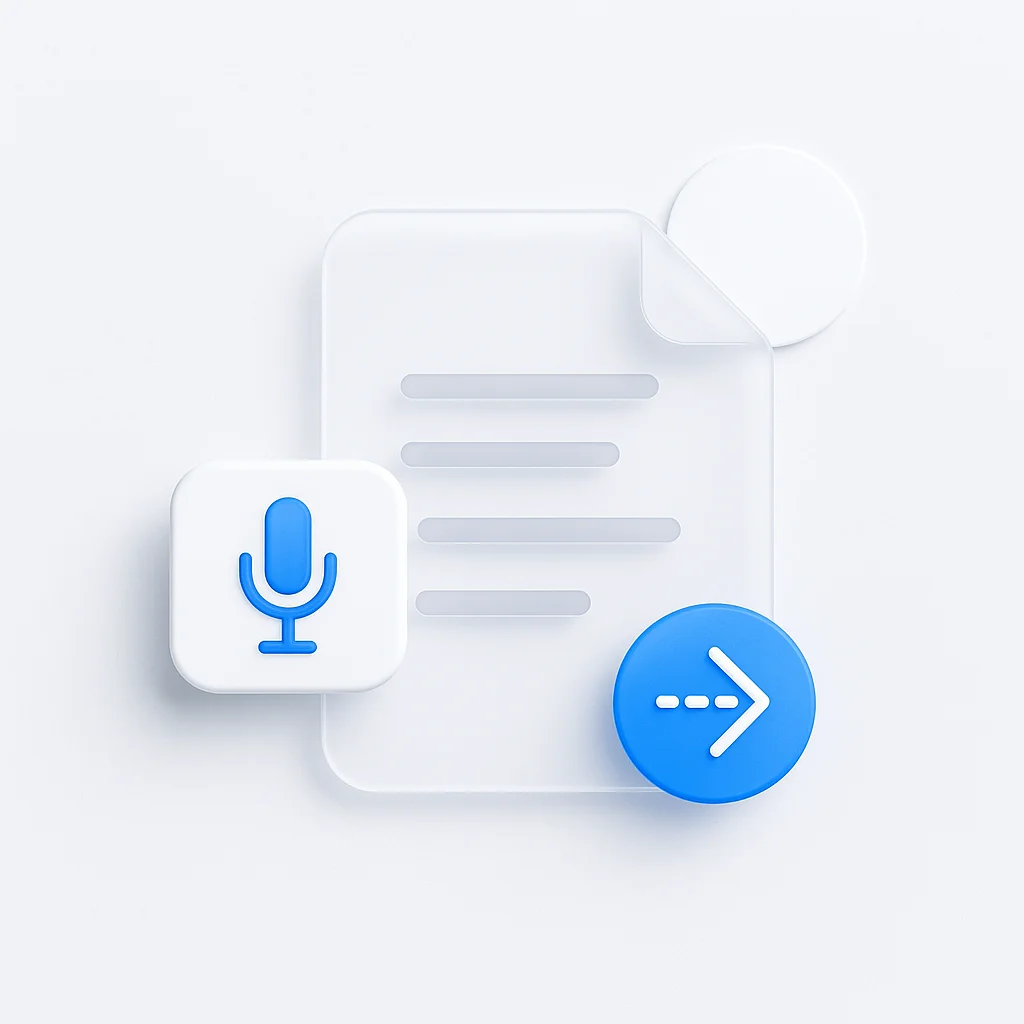In a world overflowing with information, the ability to distill a lengthy article, a dense report, or a complex story into its essential facts is a critical skill. That’s the power of a true objective summary.
Many people struggle to write a summary that is genuinely “objective.” They accidentally inject their own opinions, focus on minor details instead of the main idea, or fail to capture the essence of the original work.
This is your definitive guide to mastering the objective summary. We’ll break down the exact definition, provide a clear step-by-step process, show you concrete examples for different types of professional and academic content, and share tips to ensure your summary is factual, concise, and accurate.

Objective vs. Subjective Summary: Understanding the Critical Difference
A clear understanding of the difference between objective and subjective summaries is essential. Here’s a simple comparison:
| Feature | Objective Summary | Subjective Summary / Analysis / Review |
|---|---|---|
| Purpose | To inform by stating only the main ideas and facts from the source. | To persuade or interpret by sharing opinions, feelings, and analysis. |
| Language | Neutral, third-person, factual. | Opinionated, first-person (“I think,” “I believe”), persuasive. |
| Content | Only includes information present in the original text. | Includes the writer’s own thoughts, connections, and judgments. |
| Example | ”The author argues that…" | "I found the author’s argument unconvincing because…” |
💡 Pro Tip: The key to objectivity is removing all personal pronouns (I, me, my) and judgmental words (interesting, surprisingly, clearly). Stick to facts only.
When to Use an Objective Summary (Key Use Cases)
- Academic Work: Summarizing assigned readings to demonstrate comprehension.
- Research: Creating annotated bibliographies and literature reviews.
- Business Reports: Providing an executive summary of a longer report or analysis.
- Presentations: Giving your audience a quick overview of source material.
- Personal Learning: Bolstering your own memory and creating quick-reference notes.
The 4-Step Process for Writing a Perfect Objective Summary

Step 1: Active Reading & Note-Taking
- Read for Understanding: Do a first read-through to grasp the overall topic and tone.
- Identify the 5 Ws: As you read a second time, note the Who, What, When, Where, and Why to isolate the core facts.
- Use Bullet Points: Jot down key arguments and evidence, ignoring minor details for now.
Step 2: Identify the Central Idea & Supporting Points
- Find the Thesis: Ask, “What is the single most important message the author is trying to convey?” This is often in the introduction or conclusion.
- Select Key Evidence: From your notes, choose the 2-4 strongest points the author uses to support their main idea.
Step 3: Draft the Summary in Your Own Words
- The Powerful Opening Sentence: Combine the author’s name, the title of the work, a strong verb (e.g., argues, asserts, explains, reports), and the central idea.
- Construct the Body: Dedicate one sentence to each key supporting point you identified. Ensure smooth transitions between points.
- Write in the Present Tense: Use the literary present tense (e.g., “Maher argues…” not “Maher argued…”).
Step 4: Revise for Objectivity, Brevity, and Accuracy
- Hunt Down Opinions: Delete all personal pronouns (“I,” “my”) and judgmental words (“interesting,” “surprisingly”).
- Check Against the Source: Ensure your summary accurately reflects the original text’s meaning and emphasis.
- Condense and Combine: Remove unnecessary words and combine sentences where possible. An objective summary is always lean and concise.
Comprehensive Objective Summary Examples
Example 1: Summarizing a News Article
Original Text:
The federal government announced sweeping new data privacy regulations yesterday that will significantly impact how major technology companies collect and use consumer information. The new laws, which take effect in January 2026, require companies to obtain explicit consent before collecting personal data and give consumers the right to request deletion of their information. Industry experts predict these changes will cost tech companies billions in compliance costs and force them to redesign their data collection systems. Representatives from Google, Meta, and Amazon have expressed concerns about the implementation timeline, while privacy advocates celebrate the move as a long-overdue protection for consumers.
The article reports that the federal government announced new data privacy regulations taking effect in January 2026, requiring explicit consent for data collection and consumer deletion rights. The regulations will impact major technology companies and require system redesigns, with industry representatives expressing concerns about implementation timelines while privacy advocates support the consumer protections.
Example 2: Summarizing a Business Report
Original Text:
Acme Corporation's Q4 2025 financial results demonstrate strong performance across all key metrics. Revenue increased by 23% year-over-year to $156.7 million, driven primarily by growth in the European market segment, which saw a 34% increase in sales. The company's new product line, launched in September 2025, contributed $18.2 million in revenue during the quarter. Operating margins improved to 18.5%, up from 15.2% in Q4 2024, due to operational efficiencies and reduced manufacturing costs. The report highlights successful cost management initiatives and predicts continued growth in 2026, with projected revenue increases of 15-20%.
The report explains that Acme Corporation's Q4 2025 revenue increased by 23% to $156.7 million, primarily due to 34% growth in European markets and $18.2 million from a new product line. Operating margins improved to 18.5% through cost management initiatives, with projected 15-20% revenue growth for 2026.
Example 3: Summarizing a Research Paper Abstract
Original Text:
This study examines the long-term effects of remote work on employee productivity using data from 500 employees across 12 companies over a 24-month period. Participants were randomly assigned to remote, hybrid, or office-based work arrangements. Results indicate that remote workers showed a 15% increase in productivity compared to office-based workers, with hybrid workers showing a 8% increase. The study also found that remote work led to improved job satisfaction scores and reduced turnover rates. However, remote workers reported higher levels of work-life boundary challenges. The findings suggest that remote work can be an effective productivity strategy when supported by appropriate technology and management practices.
The study finds that remote workers showed 15% higher productivity than office-based workers, with hybrid workers showing 8% improvement, based on data from 500 employees over 24 months. Remote work also increased job satisfaction and reduced turnover, though workers reported work-life boundary challenges, suggesting remote work effectiveness depends on technology and management support.
Example 4: Summarizing a Chapter from a Textbook
Original Text:
The Industrial Revolution, which began in Britain in the late 18th century, was driven by several key factors including technological innovations, agricultural improvements, and population growth. The invention of the steam engine by James Watt in 1769 revolutionized manufacturing processes, while the development of new farming techniques increased food production and freed up labor for industrial work. The revolution led to urbanization as people moved from rural areas to cities in search of factory jobs. This transformation created new social classes, including a growing middle class and an industrial working class. The revolution also brought significant environmental changes and new challenges for workers, including long hours and dangerous working conditions.
The chapter explains that the Industrial Revolution began in late 18th-century Britain due to technological innovations like the steam engine, agricultural improvements, and population growth. The revolution caused urbanization as people moved to cities for factory work, created new social classes including a middle class and industrial working class, and brought environmental changes and challenging working conditions.
Example 5: Summarizing a Video or Podcast
Original Content:
In this 18-minute presentation, Dr. Sarah Chen discusses how artificial intelligence is transforming healthcare delivery. She presents three main applications: diagnostic imaging, where AI can detect diseases like cancer with 95% accuracy; personalized medicine, where algorithms analyze patient data to recommend tailored treatments; and administrative efficiency, where AI reduces paperwork and scheduling burdens. Chen shares case studies from hospitals that have implemented AI systems, showing 30% faster diagnosis times and 40% reduction in administrative costs. She also addresses concerns about job displacement, arguing that AI will augment rather than replace healthcare workers, allowing them to focus on patient care rather than routine tasks.
Dr. Chen's presentation explains that AI is transforming healthcare through three applications: diagnostic imaging with 95% accuracy, personalized medicine using patient data analysis, and administrative efficiency reducing paperwork. Case studies show 30% faster diagnoses and 40% cost reductions, with AI augmenting rather than replacing healthcare workers to focus on patient care.
Example 6: Summarizing a Legal Document
Original Text:
This employment agreement, effective January 1, 2026, establishes the terms of employment between [Company Name] and [Employee Name]. The employee will serve as [Position Title] with a base salary of $75,000 annually, payable bi-weekly. The position is classified as full-time, requiring 40 hours per week, with standard business hours of 9:00 AM to 5:00 PM. The employee is entitled to 15 days of paid vacation annually, 10 paid holidays, and health insurance benefits after 30 days of employment. The contract includes a non-compete clause restricting employment with competitors for 12 months after termination, and a confidentiality agreement protecting company trade secrets and proprietary information. Either party may terminate the agreement with 30 days written notice.
The employment contract establishes terms for a full-time position with $75,000 annual salary, 40-hour work week, 15 days vacation, 10 holidays, and health insurance after 30 days. The agreement includes a 12-month non-compete clause, confidentiality requirements, and 30-day termination notice for either party.
Resume Objective Summary Examples
Example 7: Professional Summary for a Marketing Manager
Results-driven marketing professional with 8+ years of experience developing and executing comprehensive marketing strategies for B2B and B2C companies. Proven track record of increasing brand awareness by 40% and driving 25% revenue growth through integrated digital marketing campaigns. Skilled in team leadership, budget management, and data-driven decision making. Seeking to leverage expertise in digital marketing, brand development, and market analysis to contribute to organizational growth and success.
Example 8: Career Change Summary
Former financial analyst transitioning to data science with strong quantitative background and recent completion of data science bootcamp. Demonstrated ability to analyze complex datasets, create predictive models, and communicate insights to stakeholders. Proficient in Python, SQL, and statistical analysis. Seeking entry-level data science position to apply analytical skills and passion for turning data into actionable business insights.
Best Practices and Common Mistakes to Avoid
Do’s and Don’ts of Objective Summary Writing
- Use neutral, reporting verbs (argues, explains, describes, reports)
- Attribute ideas to the original author
- Maintain the original work's logical structure
- Write in present tense for ongoing relevance
- Focus on main ideas and key supporting evidence
- Use your own words while preserving meaning
- Inject personal analysis or interpretation
- Use direct quotes unless absolutely essential
- Misrepresent the author's emphasis or tone
- Include minor details or examples
- Use judgmental language (interesting, clearly, obviously)
- Add information not present in the original
Common Mistakes with Examples
Mistake 1: Adding Personal Opinion
The author presents an interesting argument about climate change, but I think their conclusions are flawed because they don't consider economic factors.
The author argues that climate change requires immediate action and presents evidence from recent temperature data and sea level measurements.
Mistake 2: Including Too Many Details
The study involved 1,247 participants from 15 different cities across three countries, with ages ranging from 18 to 65, and included both male and female participants. The research was conducted over a period of 18 months, from March 2024 to September 2025, using a double-blind methodology with control groups and experimental groups.
The study examined 1,247 participants across multiple cities using a double-blind methodology to test the effectiveness of the new treatment.
Advanced Techniques for Different Content Types
Summarizing Academic Papers
What problem or question does the research address?
How did the researchers conduct their study?
What were the main results or discoveries?
What do these findings mean for the field or practice?
Summarizing Business Documents
What is the document's main objective?
What are the most important numbers or metrics?
What actions are suggested or required?
What are the important deadlines or milestones?
Using AI Tools for Objective Summaries
Modern AI tools can help you create objective summaries more efficiently. ScreenApp’s AI note taker can automatically transcribe and summarize meetings, while the meeting summarizer extracts key points and action items. These tools maintain objectivity by focusing on factual content rather than interpretation.
For longer documents, ScreenApp’s summary report generator can help you create comprehensive, objective summaries that capture the essential information while maintaining accuracy and neutrality.
Expanded FAQ (Frequently Asked Questions)
What are the 3 main components of an objective summary?
Answer: Central Idea, Key Supporting Details, Objective Language.
How long should an objective summary be?
Answer: Typically one concise paragraph, but it depends on the original work’s length and complexity. A good rule of thumb is 10-15% of the original length.
What is the difference between a summary and a paraphrase?
Answer: A summary condenses the main ideas into a brief overview, while a paraphrase restates a specific passage in your own words without shortening it.
How do you write an objective summary for a resume?
Answer: Write a short, 2-3 sentence professional highlight focusing on your most relevant skills and achievements, using neutral language and avoiding personal opinions.
What is a good verb to use in a summary?
Answer: Use strong, neutral verbs like “argues,” “explains,” “describes,” “reports,” or “asserts.”
How do you maintain objectivity when summarizing controversial topics?
Answer: Focus on presenting the author’s position and evidence without adding your own evaluation. Use neutral language and attribute all claims to the original source.
Can you use bullet points in an objective summary?
Answer: Yes, bullet points can be effective for listing key points or findings, but ensure the summary flows logically and maintains the author’s original emphasis.
How do you handle conflicting information in a summary?
Answer: Present both perspectives objectively, attributing each to its source, and note the disagreement without taking sides.
Conclusion: The Professional Skill of Clarity
Writing an effective objective summary is a valuable professional skill that requires you to critically read, identify the most essential information, and present it concisely and without bias.
By following the steps and principles in this guide, you can master the art of the objective summary, making you a more efficient and effective learner, researcher, and communicator.
🎯 Key Takeaway: The best objective summaries are like clear windows—they let readers see the original content without distortion, interpretation, or personal bias.
Related Resources:



